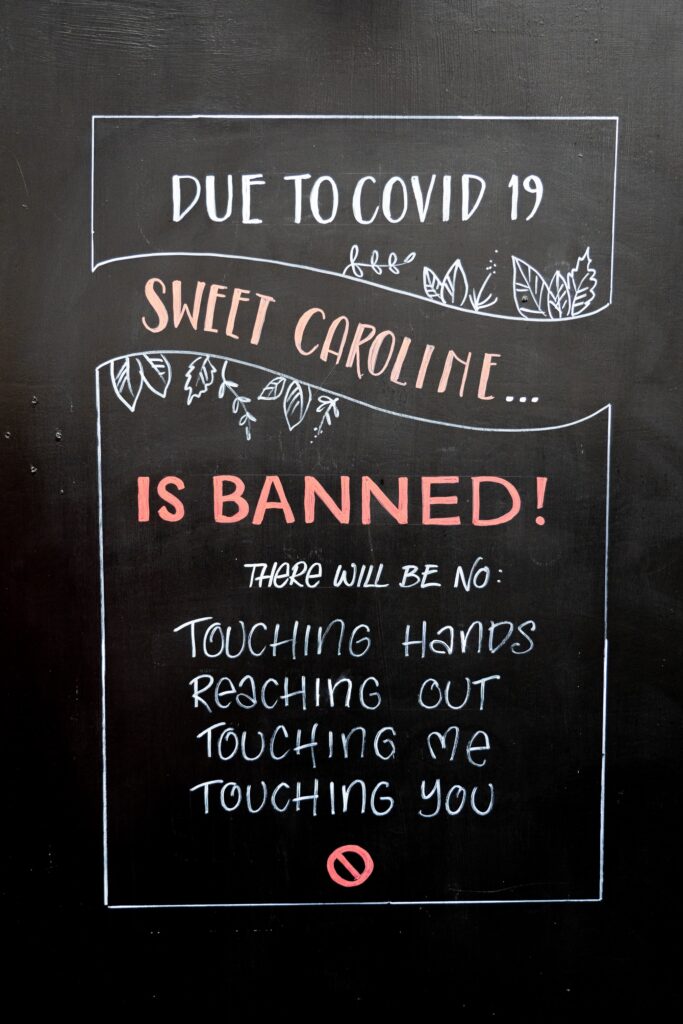Businesses are constantly exploring inventive ways to stand out from the crowd and establish a distinctive presence in the minds of their target audience in the ever-changing environment of digital marketing and branding. Humour has evolved as a significant instrument for making connections and leaving a lasting impression in the arsenal of techniques. Humour has been shown to be a motivator for engagement and brand affinity, from funny social media postings to entertaining website interactions.
Table of Contents

Why Humour Matters in Branding
Laughter, often referred to as the universal language, transcends cultural barriers and evokes positive emotions. It is not surprising, then, that humour has found a place within branding and marketing strategies. Extensive research conducted by the American Psychological Association reveals that humour has the power to enhance information retention and make messages more memorable. By leveraging humour within branding efforts, businesses can achieve more than just entertainment; they can establish a unique emotional connection that sets them apart from competitors.
The Role of Humour in Building Brand Affinity
Beyond its entertainment value, humour plays a crucial role in humanising brands. When effectively employed, humour breaks down the walls between brands and their audience, fostering relatability and authenticity. Research conducted by Nielsen underlines that advertisements that evoke a strong emotional response, including laughter, leave a lasting impact on viewers and contribute to more favourable brand perceptions.
Defining Your Brand’s Tone
Developing a humorous brand persona requires a delicate balance between the brand’s identity and the preferences of the audience. Notable examples, such as Wendy’s witty interactions on Twitter, demonstrate how a humorous and light-hearted tone can create engaging and memorable interactions. Establishing the right tone allows brands to connect with their audience on a personal level.
Boosting User Engagement with Laughter
Gamification, the process of turning everyday tasks into enjoyable games, provides an ideal platform for humour to thrive. Integrating playful challenges and humorous rewards can ensure that user engagement remains both enjoyable and interactive. Research by The Interaction Design Foundation highlights the positive impact of humour on user satisfaction and overall enjoyment.
Humour’s Impact on Conversions
Humour extends beyond mere laughter; it has the capacity to foster connections that drive action. Data from HubSpot indicates that incorporating humorous subject lines in emails generates higher open rates compared to more serious alternatives. This evidence underscores humour’s ability not just to capture attention but to inspire users to take meaningful actions.
Analysing Humour’s Effectiveness
Assessing the impact of humour involves a blend of qualitative and quantitative methods. Tracking metrics such as shares, comments, and time spent on a page provides insights into the performance of humorous content. A/B testing enables brands to experiment with different humorous approaches and refine their strategies based on real-world user responses.

Conclusion: Establishing a Memorable Brand Identity
Sustained humour can become a defining element of a brand’s identity. Consumers come to anticipate a specific tone and style, ultimately building brand recognition and cultivating loyalty. The “Dilly Dilly” campaign by Bud Light stands as an example of how a humorous catchphrase can shape a brand’s image, solidifying its identity in the minds of consumers.
In conclusion, humour presents a dynamic and effective tool for enhancing branding and user engagement. By thoughtfully integrating humour and measuring its impact, brands can harness the unique power of laughter to create memorable connections that resonate and endure.






